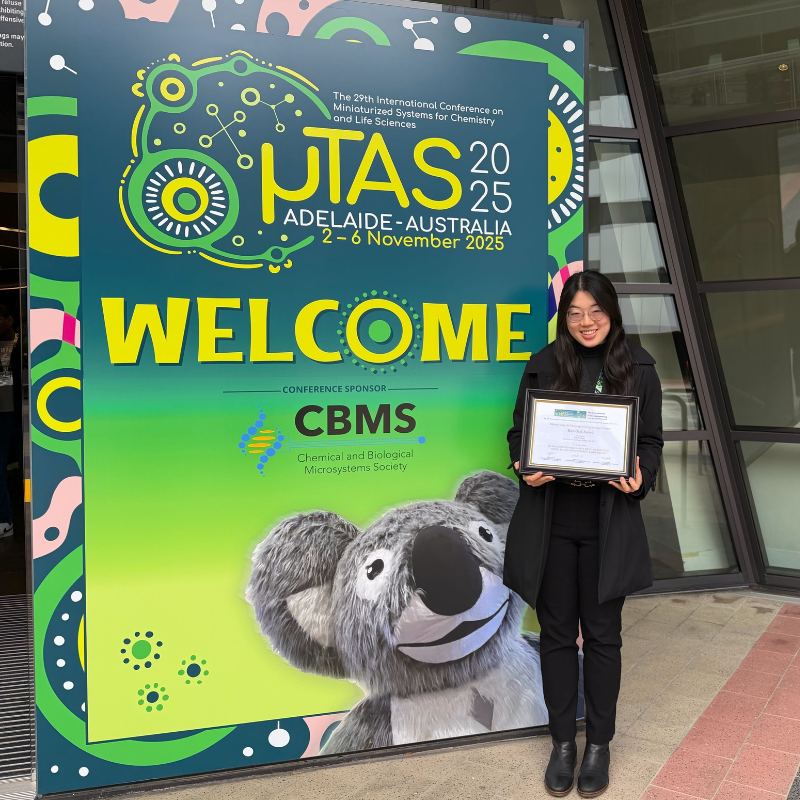News Story
Ulukus is PI on new NSF wireless networks grant

The three-year, $250,000 award is a joint grant with Aylin Yener of Penn State University. This is Ulukus's second joint NSF grant with Yener on wireless security. Their previous award, "Multiuser Wireless Security," was granted in 2005.
Abstract
The last decade has witnessed an amazing growth in wireless communications and networking applications. More and more subscribers are relying solely on their wireless communication and computing devices for communicating sensitive information. Preserving the security of wirelessly transmitted information is becoming ever more challenging, yet essential. This important issue is currently dealt with at the higher layers of the protocol hierarchies, yet the need to deal with it in physical layer is imminent as the security of many cryptographic algorithms is hard to evaluate and has caused disappointment in the past. In addition, there is rising interest in large networks of low-complexity transmitters including sensor nodes and RF-ID tags that may not have room for complicated and computationally intensive cryptographic algorithms.
The main design goal up to date, for wireless communications and networking at the lower protocol layers, has been to provide high data rate, reliable communication to as many users as possible, by efficiently dealing with the challenges of the radio channel and sharing limited wireless resources. Capacity maximization oriented research has been agnostic to the security requirements of information transmitted. At the same time, security of the information transmitted has been dealt with at the upper layers of the protocol hierarchy, and has been agnostic to the capacity of the underlying network. This project brings together the two most important issues in wireless network design, i.e., information capacity and information security, exposing the tight coupling between the two, and aims to identify design principles for high-capacity and provably-secure wireless networks.
This project takes an information theoretic approach to provide guarantees on information security and information reliability for wireless networks. The research includes the development of a comprehensive wireless network design framework that aims at achieving high capacity and secure transmission for all users. Accounting for the existence of a variety of malicious entities and a variety of levels at which these entities are capable to harm the network, the investigators identify the following fundamental research directions: (i) establishing the secrecy capacity of fundamental building blocks of wireless networks, i.e., the maximum rate of reliable information transmission in the presence of intelligent eavesdroppers; finding ways in which the legitimate system entities, i.e., transmitters and receivers, can cope with the security threats at the physical layer; (ii) identifying the fundamental tradeoffs between user cooperation between friendly nodes and the security and the confidentiality of relayed information; (iii) revisiting the notion of wirelessly transmitting channel state information (CSI) in the presence of security threats; identifying conditions under which this well-accepted notion to improve capacity may create security vulnerabilities, and developing methods to deal with this; (iv) introducing the notion of securing the network by utilizing the degrees of freedom in the communication channel available as a result of employing multiple antennas (MIMO links); (v) identifying the impact of the physical layer on the medium access and networking layers and developing secure cross-layer solutions.
The results of this project will help identify fundamental design trade-offs for capacity versus security for a variety of wireless networks, and will provide design principles for future wireless communication systems achieving the secure capacity limits. The project is a collaborative effort between the PI at Penn State and the PI at University of Maryland.
Published August 22, 2007









